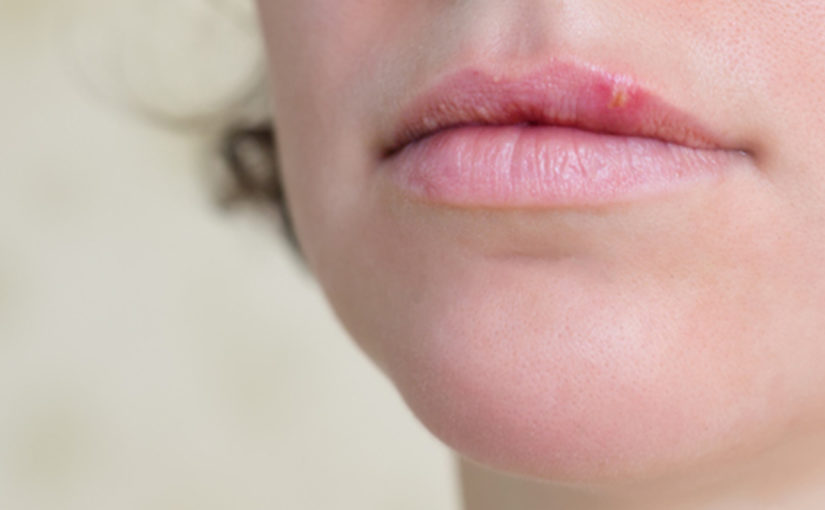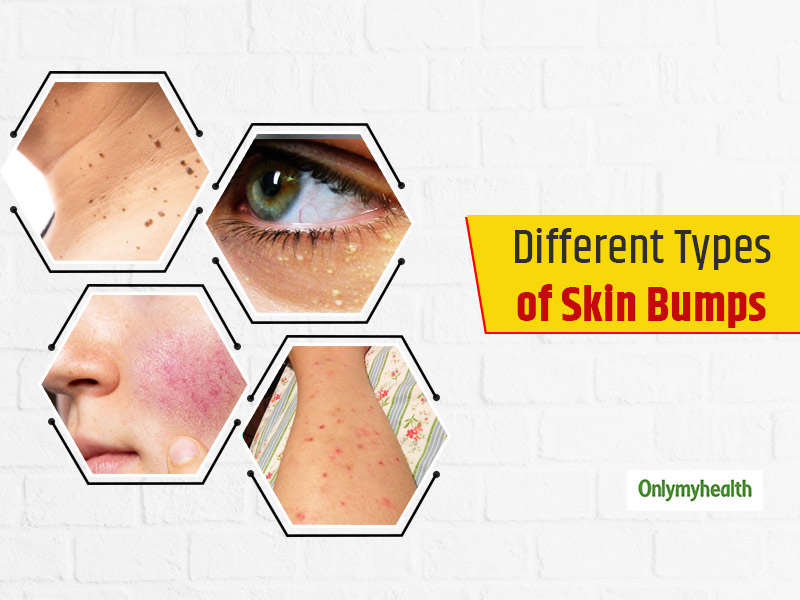Types Of Bumps On Lips: A Comprehensive Guide To Identifying And Treating Lip Blemishes
Listen up, folks! We’ve all been there—waking up one day and spotting an unexpected bump on our lips. It’s like, “What the heck is this thing?” And let’s be real, it’s not just annoying; it can also affect our confidence. Types of bumps on lips come in all shapes and sizes, and understanding what they are and how to treat them is key to keeping your pout picture-perfect. So, buckle up because we’re diving deep into the world of lip blemishes.
But first, let’s talk about why this matters. Your lips are super sensitive, and any kind of irritation or bump can throw off your vibe. Whether it’s a pesky cold sore, a random pimple, or even an allergic reaction, knowing the types of bumps that can appear on your lips is crucial for maintaining your oral health. Plus, who doesn’t want to avoid awkward moments when someone asks, “Is everything okay with your lips?”
Now, before we get into the nitty-gritty, let me assure you that most bumps on lips aren’t anything to freak out about. They’re usually treatable at home, and in some cases, they go away on their own. But if you notice anything unusual or persistent, it’s always wise to consult a dermatologist or doctor. Alright, ready to learn more? Let’s go!
Read also:Demi Moore The Red Carpet Queen Whos Just As Stunning In A Bikini
Table of Contents
- Common Types of Bumps on Lips
- What Causes Bumps on Lips?
- Cold Sores: The Pesky Culprits
- Angioedema: Swelling You Didn’t Ask For
- Allergic Reactions and Lip Bumps
- Lip Cancer: A Rare but Serious Concern
- Treatment Options for Lip Bumps
- Home Remedies to Soothe Your Lips
- Preventing Lip Bumps Naturally
- When Should You See a Doctor?
Common Types of Bumps on Lips
Alright, let’s break it down. There are several types of bumps on lips that you might encounter, and each one has its own set of symptoms and causes. Here’s a quick rundown:
- Cold Sores: These are caused by the herpes simplex virus (HSV) and often appear as small, painful blisters around the mouth.
- Angioedema: This is a condition where your lips swell due to an allergic reaction or other underlying issues.
- Fordyce Spots: Harmless white or yellow bumps that occur naturally on the lips and inside the mouth.
- Papillomas: These are wart-like growths caused by the human papillomavirus (HPV).
- Cysts: Small fluid-filled sacs that can form on or under the lips.
Knowing the difference between these types of bumps is essential for determining the best course of action. Let’s dive deeper into the causes next!
What Causes Bumps on Lips?
So, what exactly makes those little bumps appear on your lips? Well, there are a variety of factors at play, and they can range from something as simple as dehydration to more serious conditions like infections. Here’s a closer look:
Environmental Factors
Living in a dry climate or spending too much time in the sun without protection can lead to chapped lips, which might eventually result in bumps. Always remember to moisturize and use lip balm with SPF to keep your lips in tip-top shape.
Infections
Bacterial or viral infections are a common culprit behind lip bumps. For instance, cold sores are caused by the herpes simplex virus, while bacterial infections might lead to pus-filled pimples.
Physical Trauma
Sometimes, all it takes is biting your lip or accidentally injuring it to cause a bump. These usually heal on their own, but if they persist, it’s worth checking with a doctor.
Read also:Glenn Close Finds Serenity And Family In Montana Exclusive Insights
Cold Sores: The Pesky Culprits
Cold sores are probably the most well-known type of bump on lips, and they’re definitely not fun. These small, painful blisters are caused by the herpes simplex virus (HSV), and once you’ve contracted it, the virus stays in your body for life. However, outbreaks can be managed with antiviral medications.
Key Symptoms:
- Tingling or itching sensation before the sore appears
- Small, fluid-filled blisters around the mouth
- Pain or discomfort in the affected area
If you notice these symptoms, it’s important to start treatment early to minimize the severity of the outbreak.
Angioedema: Swelling You Didn’t Ask For
Angioedema is another condition that can cause bumps on your lips, but it’s characterized by swelling rather than actual bumps. This often happens as a result of an allergic reaction, but it can also be triggered by medications or other factors.
Signs of Angioedema:
- Puffy, swollen lips
- Difficulty breathing (in severe cases)
- Hives or rash around the mouth
If you experience difficulty breathing, seek medical attention immediately. Otherwise, antihistamines or corticosteroids might help alleviate the swelling.
Allergic Reactions and Lip Bumps
Allergies can manifest in all sorts of ways, and lip bumps are no exception. Whether it’s a reaction to a new lipstick, toothpaste, or even food, identifying the allergen is key to preventing future occurrences.
How to Identify an Allergic Reaction
Here are a few telltale signs that your lip bump might be caused by an allergy:
- Sudden appearance of bumps after using a new product
- Itching or irritation in the affected area
- Redness or swelling
If you suspect an allergic reaction, try eliminating potential triggers one by one to pinpoint the cause.
Lip Cancer: A Rare but Serious Concern
While rare, lip cancer is something worth mentioning, especially if you notice persistent or unusual bumps on your lips. It’s often caused by prolonged sun exposure, smoking, or other risk factors.
Warning Signs:
- A sore that doesn’t heal
- Unexplained bleeding or discoloration
- A lump or thickening of the lip tissue
If you notice any of these symptoms, don’t hesitate to see a doctor. Early detection is key to successful treatment.
Treatment Options for Lip Bumps
Now that we’ve covered the different types of bumps and their causes, let’s talk about how to treat them. The treatment will vary depending on the underlying cause, but here are some general options:
- Antiviral Medications: For cold sores, prescription antiviral drugs can help speed up the healing process.
- Topical Creams: Over-the-counter creams containing hydrocortisone or benzoyl peroxide can be effective for minor irritations.
- Antibiotics: If the bump is caused by a bacterial infection, your doctor might prescribe antibiotics.
- Antihistamines: For allergic reactions, antihistamines can help reduce swelling and itching.
Always consult a healthcare professional before starting any new treatment.
Home Remedies to Soothe Your Lips
Who says you need fancy medications to treat lip bumps? Sometimes, good old home remedies can do the trick. Here are a few ideas:
- Aloe Vera: Known for its soothing properties, aloe vera can help reduce inflammation and promote healing.
- Honey: This natural antibacterial agent can help fight off infections and keep your lips hydrated.
- Tea Tree Oil: A few drops of this powerful essential oil can work wonders for acne-like bumps on your lips.
Remember, consistency is key when using home remedies. Stick with it for a few days to see results.
Preventing Lip Bumps Naturally
Prevention is always better than cure, right? Here are some tips to keep those pesky bumps at bay:
- Stay Hydrated: Drinking plenty of water helps maintain the health of your lips and prevents dryness.
- Use Sunscreen: Protect your lips from harmful UV rays by using a lip balm with SPF.
- Avoid Triggers: If you know certain products or foods cause allergic reactions, steer clear of them.
By adopting these habits, you can significantly reduce your chances of developing lip bumps.
When Should You See a Doctor?
Most lip bumps are harmless and resolve on their own, but there are times when you should seek medical attention. Here’s when it’s a good idea to visit the doctor:
- The bump doesn’t go away after a few weeks.
- You experience severe pain or discomfort.
- There’s unexplained bleeding or discoloration.
- You suspect it might be lip cancer.
Your health is important, so don’t hesitate to reach out to a professional if you’re unsure.
Conclusion
Well, there you have it—a comprehensive guide to the types of bumps on lips and how to deal with them. From cold sores to allergic reactions, understanding the cause of your lip bump is the first step toward effective treatment. And remember, prevention is always your best defense.
So, what’s next? If you’ve learned something new from this article, feel free to share it with your friends or leave a comment below. Knowledge is power, and taking care of your lips is just one way to ensure you’re looking and feeling your best. Until next time, stay healthy and keep those lips kissable!
Article Recommendations


